There’s a map, created by Aberdeen City Council, that shows the most effective routes people can use to get to the city centre’s major car parks without running into a bus gate.
For all intents and purposes, it appears relatively straightforward. The major car parks which most out-of-town visitors have used for many years are clearly marked. The routes toward them are shown. Jump into the car and pop it into the GPS. Easy-peasy, lemon-squeezy, wouldn’t you think?
Think again. The opposition to the bus gate scheme has been brutal. The public and business backlash will likely continue to be fierce for some time, if the road restrictions stay in place. The claim is that they’re destroying the city centre, and the businesses in it.
I’ve now read so many claims about bad outcomes the bus gates may have caused, I’m starting to wonder what else they may have been responsible for. How many bus gates were installed before the downfall of the Roman Empire? Could you see a glint of a number-plate camera behind the fence at the grassy knoll in Dallas on November 22, 1963?
The simplicity of the council’s car park map belies the confusion over the rollout. In short, people still don’t know where they can drive, and that’s a huge communication problem. But bus gates haven’t killed Union Street.
The issue of dwindling footfall in the city centre is far more embedded than that, and we’d do well not to forget it. It’s impossible to get to a solution if you can’t honestly identify the actual problem.
Bus gates aren’t to blame for Union Street’s decline
The continued use of the phrase “the final nail in coffin” carries with it the explicit understanding that more than a few nails have already been chapped into Aberdeen’s city centre down the years. A few, like the building of Union Square, are down to bad planning. However, there are factors which even Aberdeen City Council can’t control, and merely must react to.
Amazon – or, more broadly, “The Internet” – has widely changed habits, affecting not just retail, but how folk socialise. Youngsters drink far less nowadays. Good for their health, but not necessarily good for the city centre pubs.
Also, the AWPR, long-called for and gladly received by most, has made it far easier to travel around the Shire towns for supplies and leisure, without ever breaching the border of the city. No matter what happens, it’s going to be hard for the city centre to compete with the accessibility of whizzing around the outskirts to Inverurie or Banchory, Ellon or Stonehaven.
I haven’t even had to mention Covid, and nor should we. The decline of Union Street in particular had set in well before the pandemic, as those of us who have lived and worked in the city centre for many years know.
The truth about the bus gates is that their inconvenience appears to be based around being an obstacle to the direct route to the one place in the city centre people want to visit. That ain’t Union Street: it’s Union Square.
All these factors mean that Union Street simply isn’t, and probably won’t be again, the main shopping destination for the city, and Aberdeen must evolve and change to cope with that.
Willingness to experiment is encouraging
While bus gates won’t usher in any new era by themselves, their installation does point to a willingness to experiment with how people move around the city centre. Ultimately, if they don’t work, I’m sure they’ll go the way of the dodo and the dinosaurs. But, there’s something about the determination to enact some sort of change that might well be commendable.
Bus journey times are down because a part of the city that was once an utter snafu of traffic is far less congested. Pollution should also lessen, in an area that was often ranked among Scotland’s worst for airborne pollutants.
First and Stagecoach have also claimed that the savings they’ve made due to the bus gates have been used to fund the weekends of free bus travel in Aberdeen. More of the same would be absolutely fabulous.
We now have a large area in the city centre which is approaching a type of pedestrianisation – something that typically garners much more citizen support than half measures, or bus gates. It would be an important step in showing a different vision for Union Street altogether; one more radical, but perhaps more intelligible.
The issues Aberdeen continues to struggle with will never be solved unless we face some uncomfortable risks in attempting to solve them. You never know, bus gates might just be one part of a wider plan that can rejuvenate the town.
Colin Farquhar works as a creative spaces manager and film programmer in the north-east culture sector
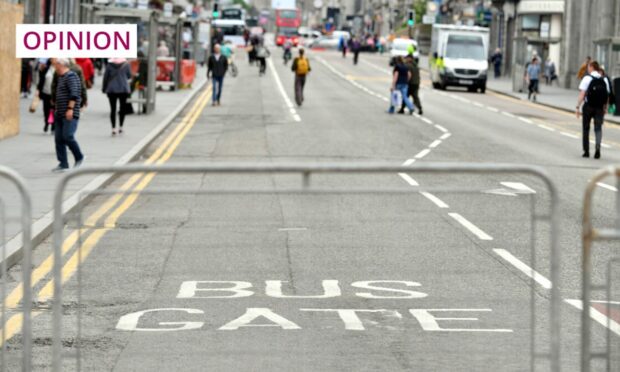
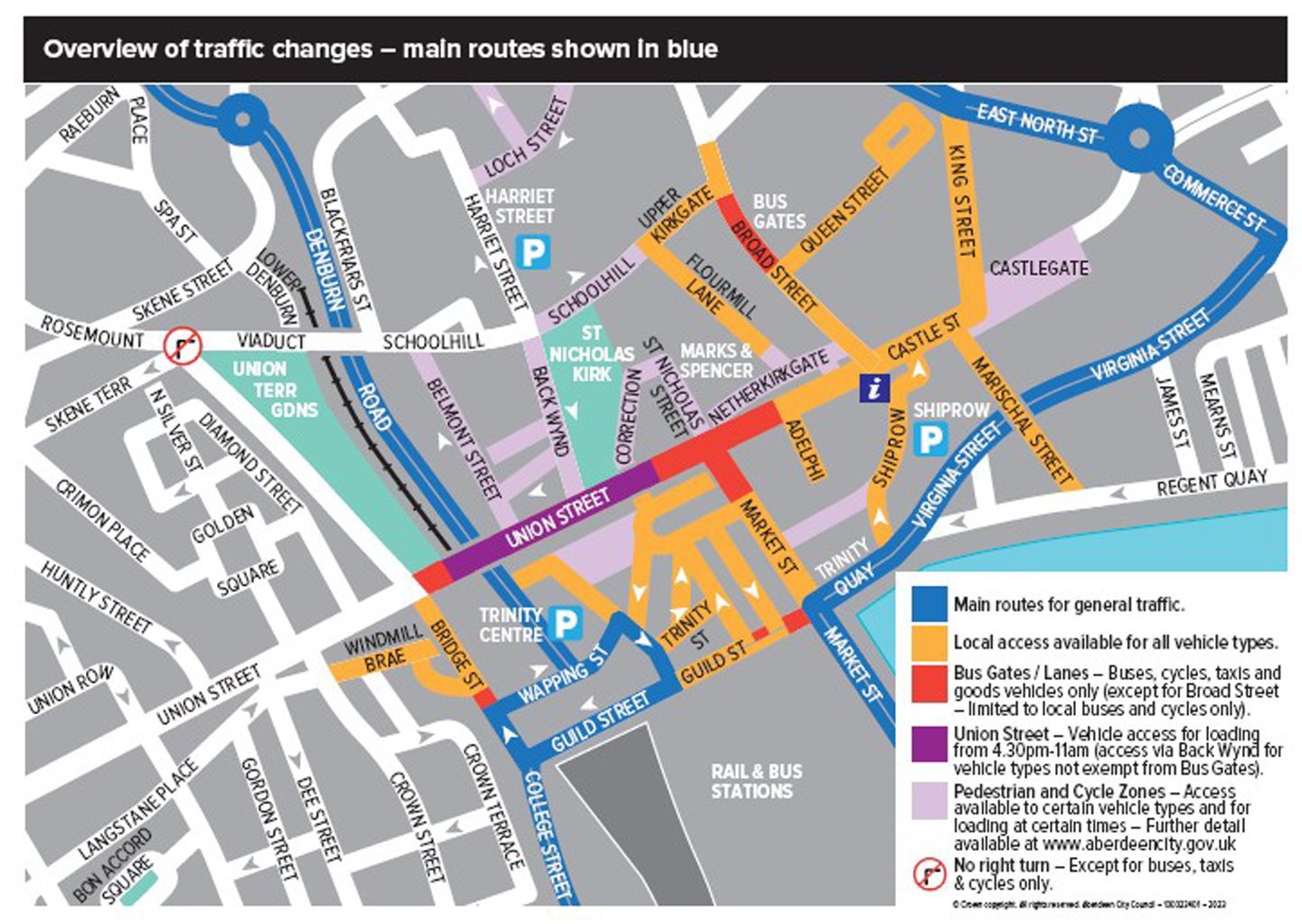
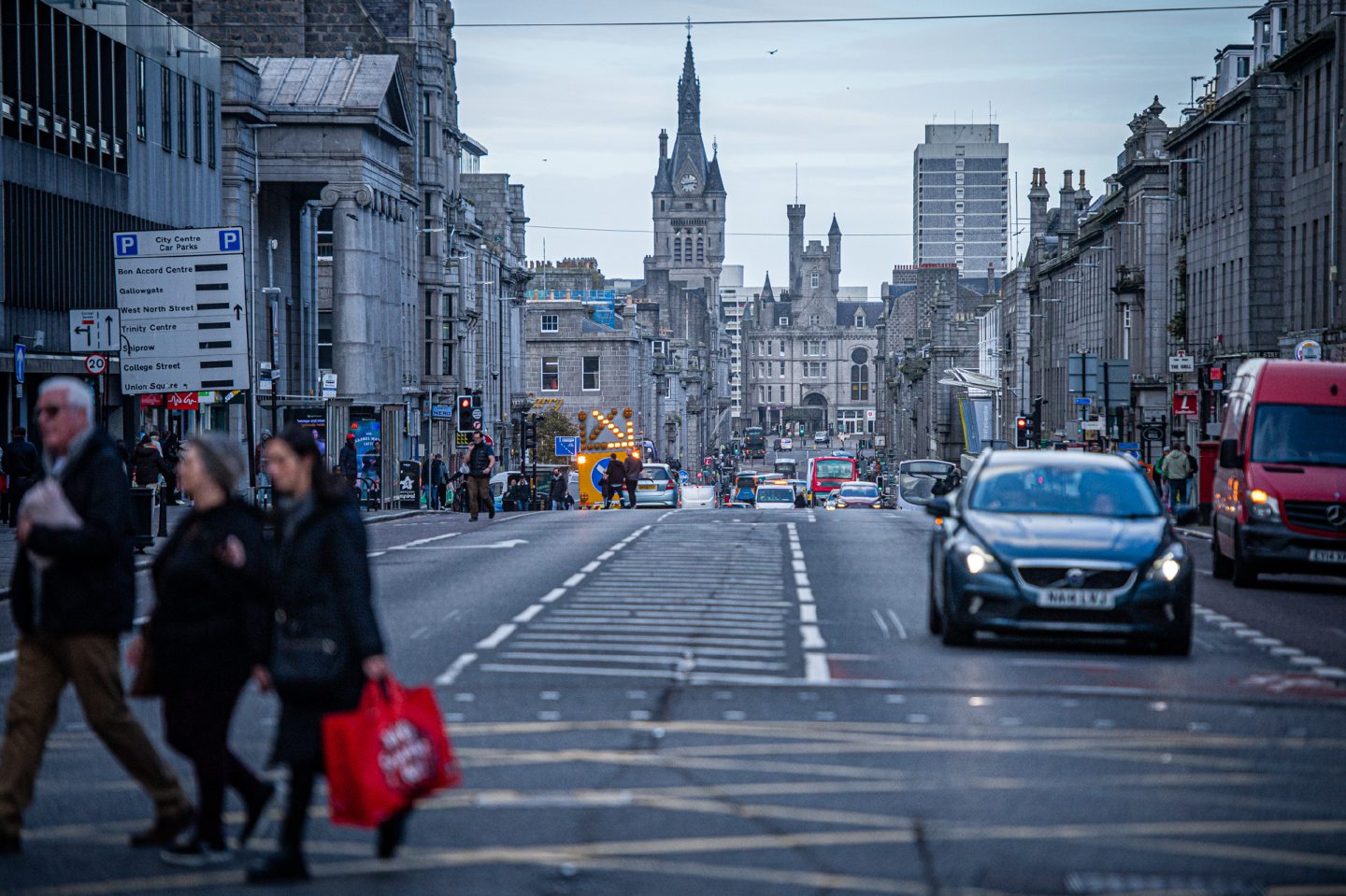
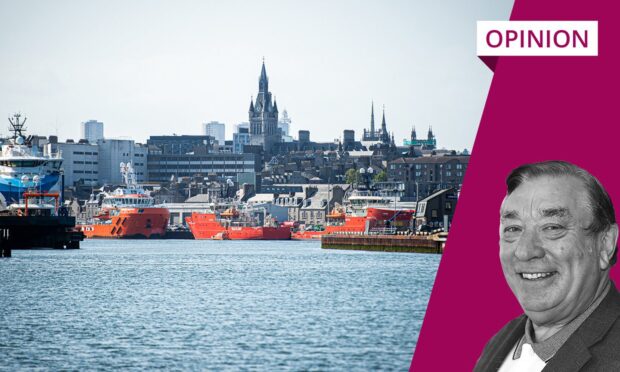
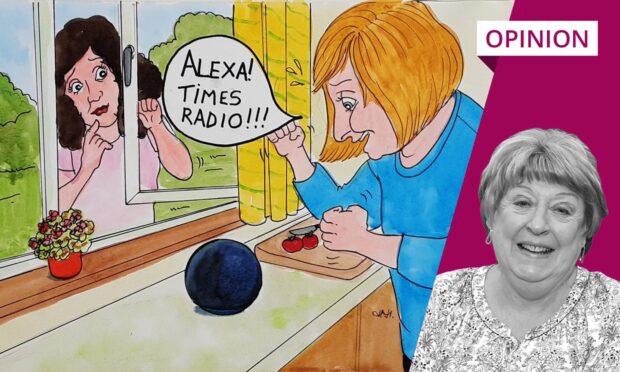
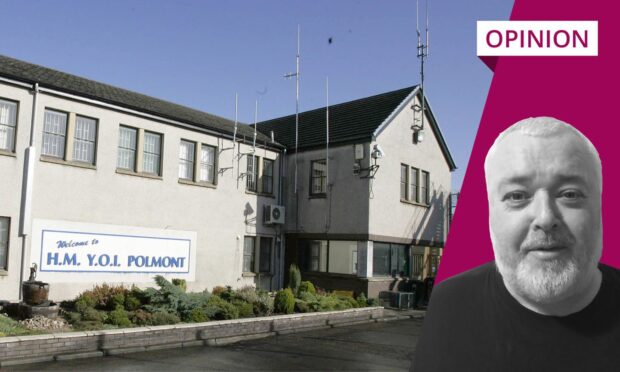
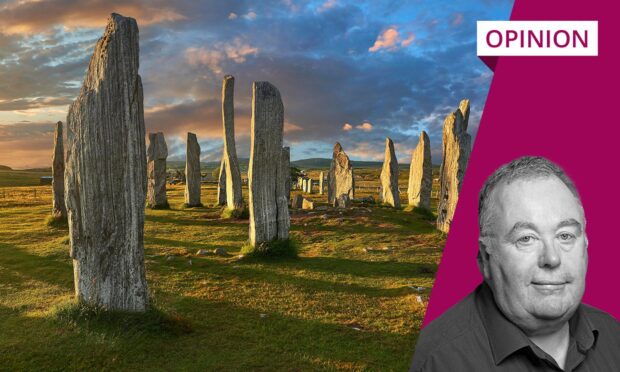
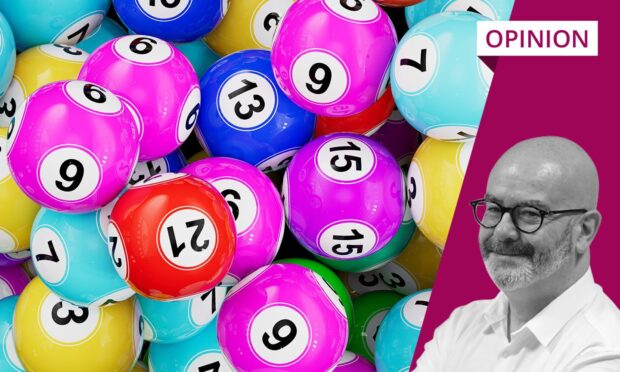
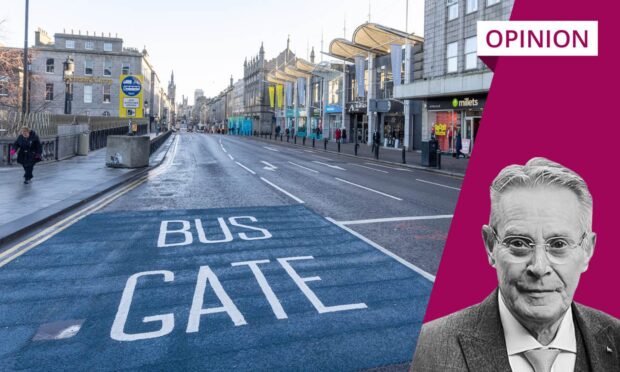
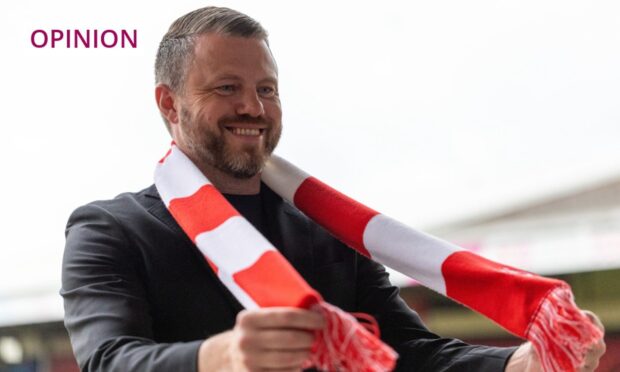
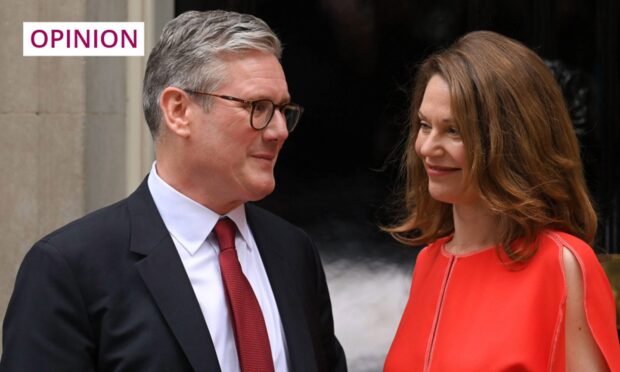
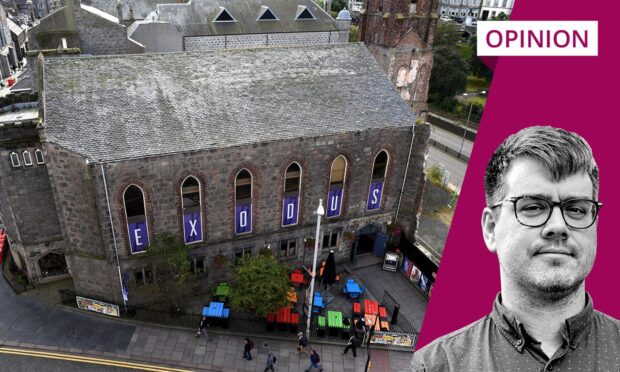
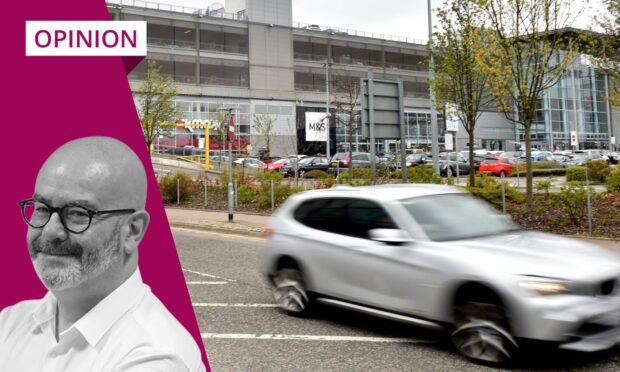
Conversation